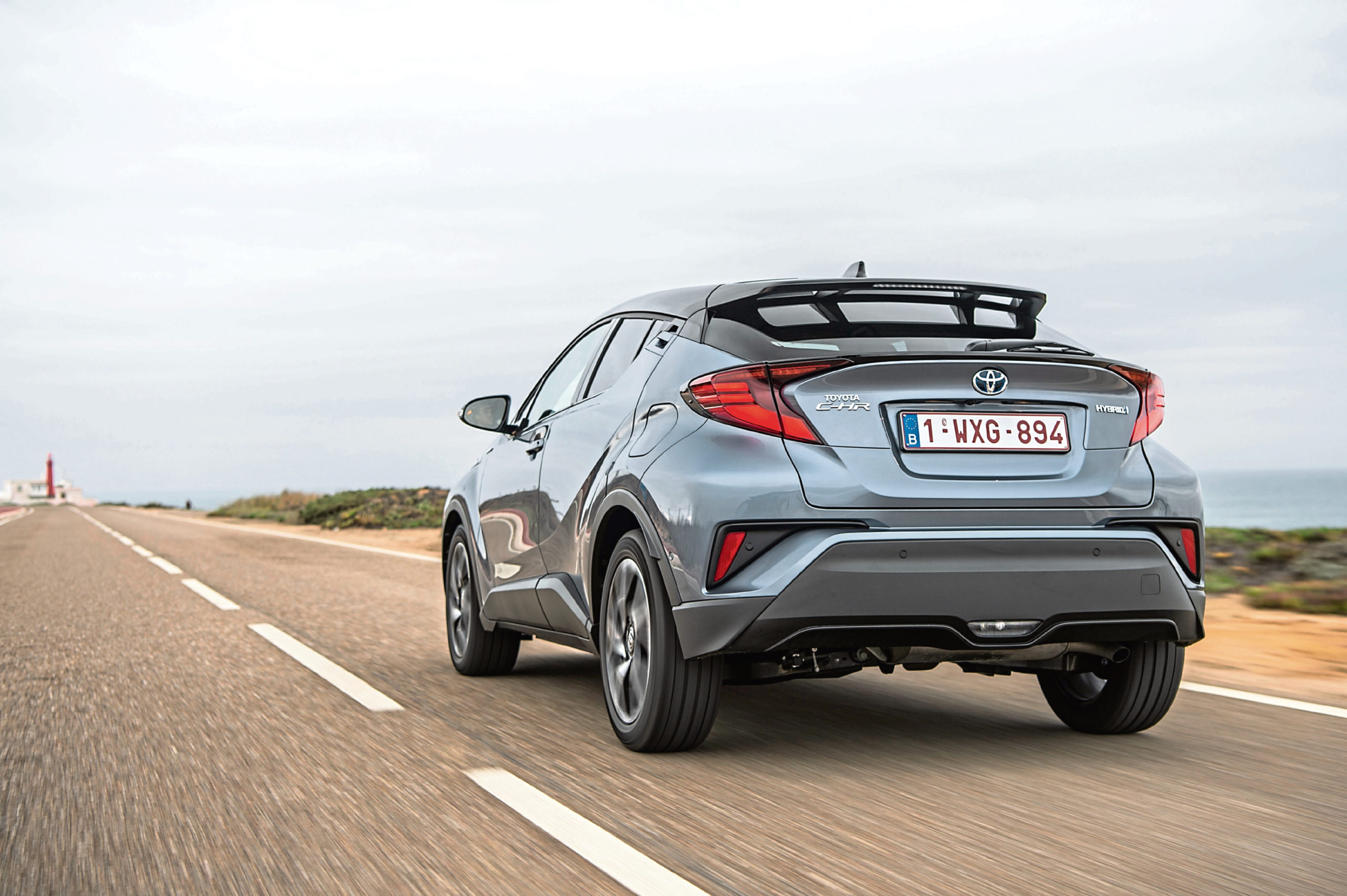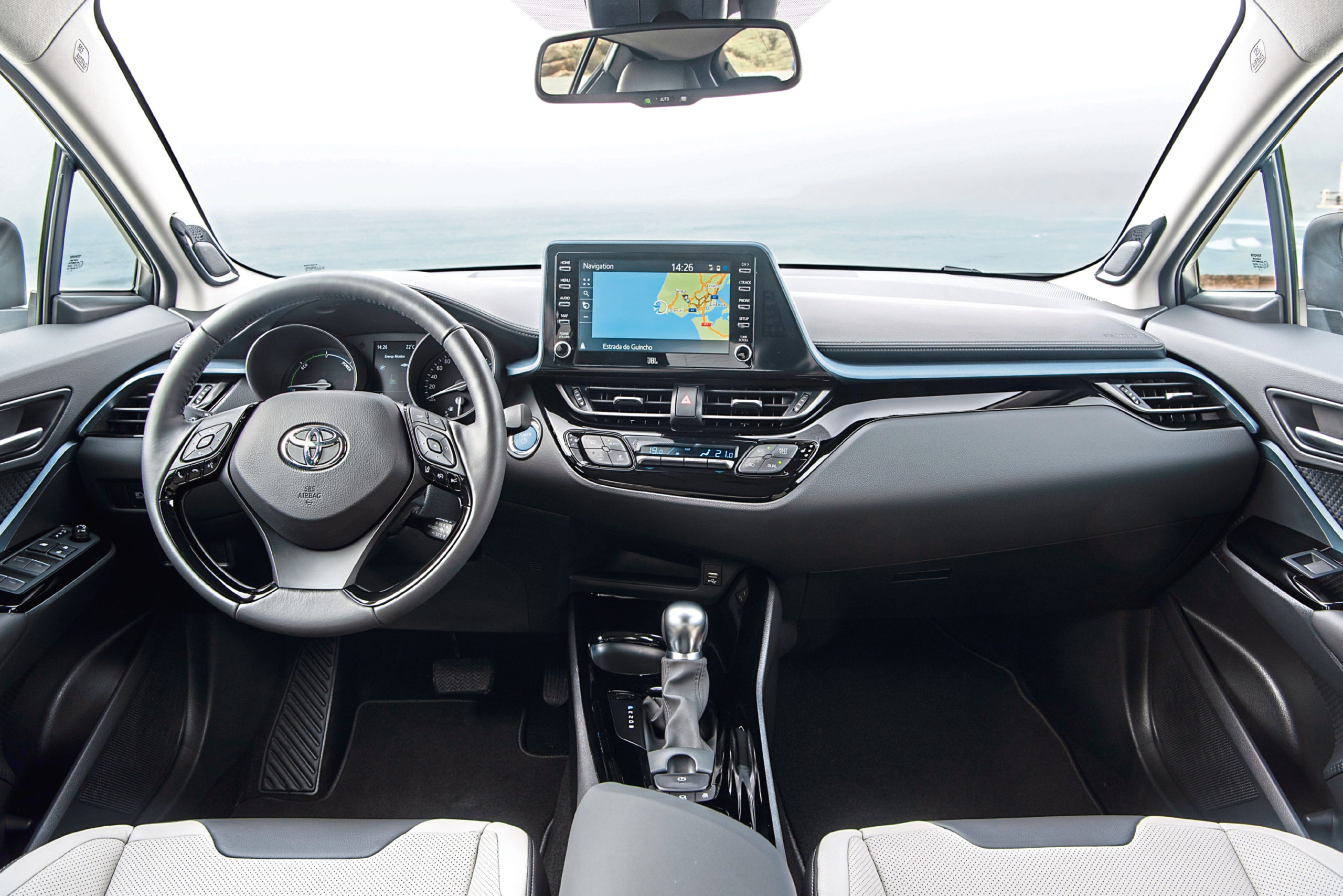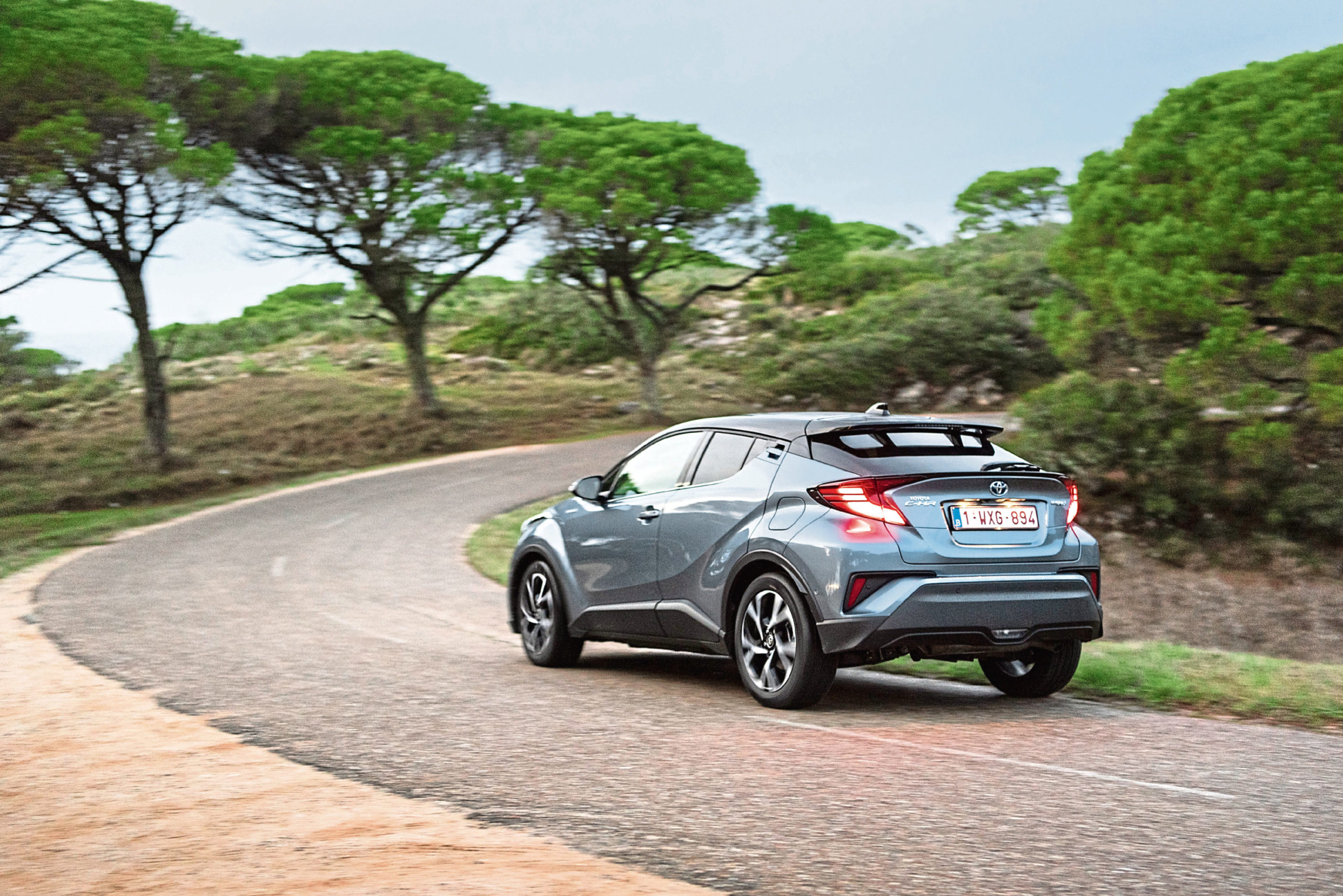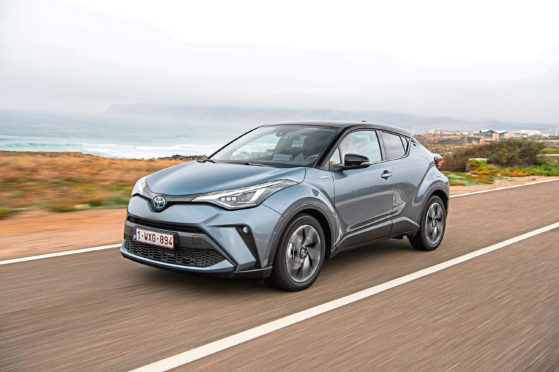Language can be a tricky affair, especially when it comes to naming cars.
What may conjure up images of the open road, wind-in-the-hair motoring in one part of the world can create quite a different impression in another.
Automotive history is riddled with linguistic disasters such as the Citroen Evasion (perfect for a tax-adjusting accountant) or the Vauxhall Nova which was fine in the UK but when attached to an Opel badge in Spain meant “no-go”, which isn’t a good selling point and why it became the Corsa.

Others such as the Pajero – the name given to Mitsubishi’s SUV – may have been fine in its native Japan but in Spain it translated as “the person who carries straw”. That was better than in Peru and some other countries in South America where the word referred to a sexual practice.
Which is why many of the Japanese companies go for a safer approach by giving their cars a range of letters or numbers.
Take Toyota, for example, which calls its compact crossover the C-HR, which stands, apparently, for Coupe High Rider.
The latest version has just been revealed and the name apart, it’s well worth a look.
The model, with its flowing curves coupled with sharp angles, has been around for only three years but has gone down well with sales around Europe rapidly approaching half a million.
It was an instant success, customers loved it, and importantly many of them were new to Toyota – what the business calls “conquests”, a vital element in keeping sales buoyant.
But the company did have a few issues with some elements, for example the touchscreen display. So like some other car brands Toyota has reintroduced a handful of push buttons at the side of the display for the functions most regularly accessed.

And while the petrol-electric hybrid unit in the previous model was enjoyed, there was also a feeling that a touch more power would be useful.
So for the latest edition, the small 1.2-litre petrol version has been dropped, leaving the 1.8-litre hybrid, which has now been joined by a beefier 2.0-litre.
That means the C-HR is now available only as a hybrid. As Toyota’s first compact crossover it broke new ground and it’s now unique in its class in giving buyers the choice of two different hybrids.
There are other changes, mainly minor tweaks to the styling, but the overall profile remains the same on the basis that its looks are very good, so why change them?
The original 1.8-litre has had its eco performance enhanced by an upgrade to a lithium-ion high-voltage battery and impressively low CO2 emissions starting at 86g/km.
The new 2.0-litre, which is around £1,600 more expensive across the range, also offers sub-100 CO2 levels but with 50% more power than the smaller engine and an increase in fuel consumption of only 10%.
The performance is impressive with a lively response from a standing start to 62mph in just over eight seconds, three seconds faster than the 1.8.
There’s also an updated suspension system to maximise the improved performance and handling potential of the new hybrid powertrain, and along with the improved rigidity of the bodyshell and low centre of gravity, it feels very secure on the road.
A lot of work has been done on reducing noise and vibration to keep things calm and quiet in the cabin, with engineers scrutinising every element.
The daytime running lights have been redesigned, the indicator lights are fully integrated within the same unit and the front fog lights are now at the extreme edges of the lower bumper, allowing for a wide lower air intake.
The rear LED lights have been redesigned to be even more dramatic and, while still proud of the bodywork, are now connected by a glossy spoiler.

On the inside, all the surfaces and switches have been upgraded to create a more upmarket feel. Look closely and you’ll see that many of the switches have a diamond shape, reflecting the motif on the bodywork. The same diamond theme is in the door trim pattern, the headliner, the JBL speaker grilles and tweeter shape.
I like the changes but I had a couple of niggles.
Rear visibility is hampered by the big rear C-pillars which add to the exterior styling but create a blind spot for the driver.
Again the low roofline at the rear creates a good stylish profile but makes access to the back seats a touch tricky for any tall adult, and once they’re in, it can feel a bit claustrophobic.
THE FACTS
- Model: Toyota C-HR Dynamic 2.0-litre Hybrid
- Price: £31,890
- 0-62mph: 8.2 seconds
- Top speed: 112mph
- Economy: 52mpg combined
- CO2 emissions: 92g/km
